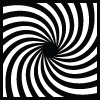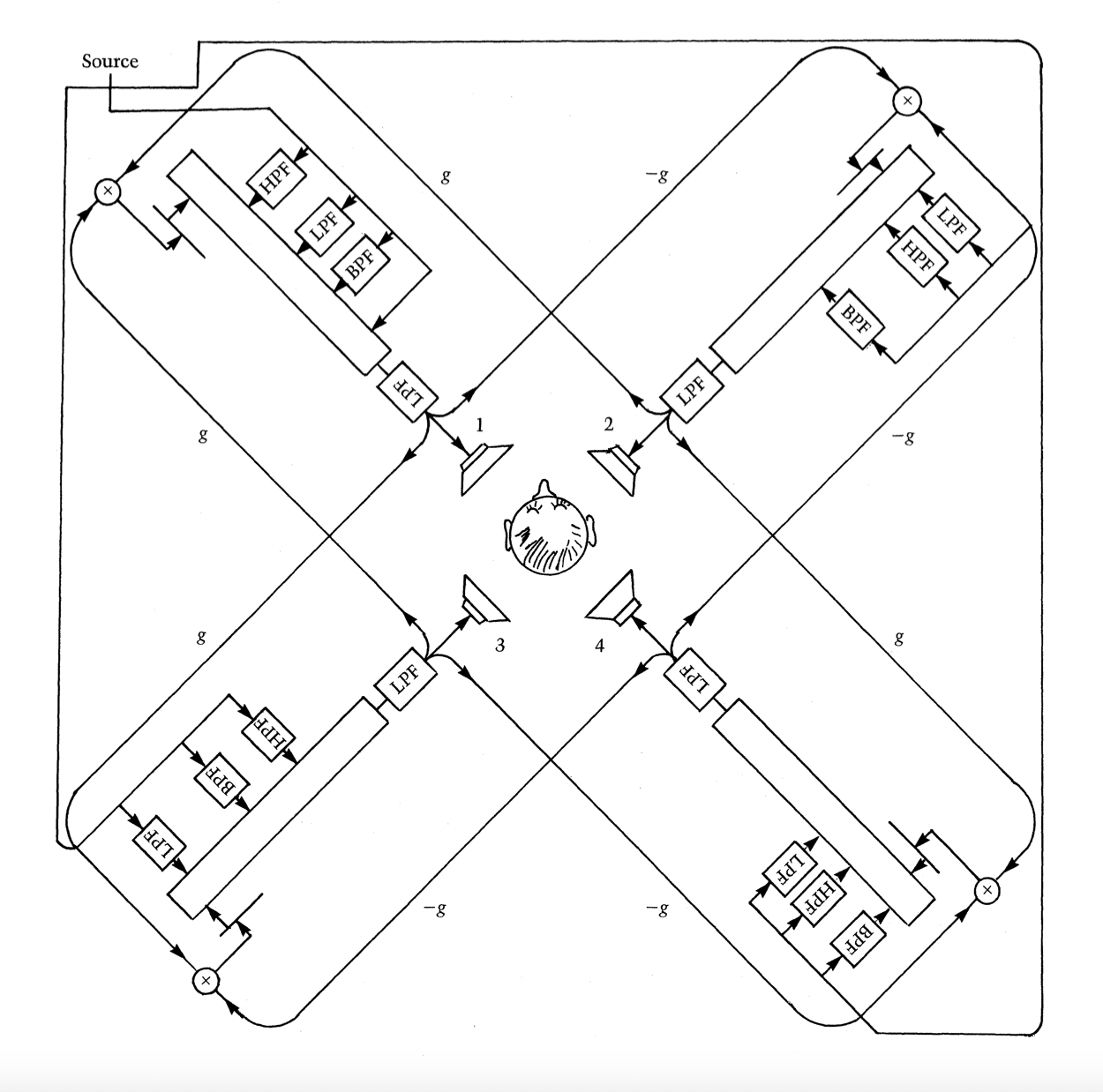Subtotal: $50 USD
Getting Started With Reverb Design, Part 4: The Best Books
My obsessive interest in audio DSP started in the late 1980s. Back then, “the Internet” was something that I had barely heard of and had never used. If I wanted to learn about something, I read about it in a book, or went to a library and looked up the information in a journal. During the late 90s, my backpack was stuffed full of heavy computer music and DSP books, that I would obsessively pore over, trying to force my brain to comprehend the strange symbols and equations contained therein.
Nowadays, the web is full of amazing resources for learning audio DSP, and you don’t have to go to a library to read an article in a bound journal or microfiche. I still love books, though, and have held on to the best ones I’ve found over the years, while still seeking out new ones as they become available.
Best Books for Reverb Design
As far as recommending books for people getting started in reverb design, I’m steering clear of compilation volumes like “Foundations of Computer Music” and “The Music Machine.” These were invaluable to me in the 90s and 2000s, but nowadays you can find these papers online. I’m also staying away from generic DSP textbooks and sticking with books that are highly focused on musical and audio DSP with applications to reverb design. So this is a shortlist, compared to what I own, but I feel it’s a good starting point.

The Technology Of Computer Music, by Max Mathews (The MIT Press, 1969)
This list needs to start at the beginning: Max Mathews, the pioneer of using computers to create music. This book is mainly an overview of the Music V language, but also serves as an introduction to the idea of unit generators for processing audio. The explanation of how Music V generated low-frequency noise is one I still turn to today.
Musical Applications of Microprocessors, 2nd edition, by Hal Chamberlin
The Chamberlin book is probably most famous nowadays for the “Chamberlin filter,” an early digital realization of the state variable filter, which was used in lots of early digital synths and plugins. Chamberlin goes into reverb design, but the algorithms tend to be fairly simple extensions of Schroeder’s work. What makes Musical Applications of Microprocessors invaluable today is the discussions about how digital hardware and software worked in the early days when computers were rare and digital audio interfaces were even rarer. Chamberlin’s discussions of “floating point converters,” for example, were very useful to me when I was working on some updates for VintageVerb back in 2013, to dial in the particular artifacts I was hearing in early 80s digital hardware.
Computer Music, by Charles Doge and Thomas A. Jerse (Schirmer Books, 1st edition 1985, 2nd edition 1997)
Dodge & Jerse is a classic introductory textbook to the principles of computer music. The 2nd edition was required for my computer music classes at the University of Washington in 1998-9, and I read that book from cover to cover. I had bought the 1st edition back in 1988, but it wasn’t until the late 90s that I understood what was going on. This book has a great introduction to digital delay lines, as well as “old school” digital reverberation (I talk more about Schroeder/Moorer algorithms here). I still have to go to the 2nd edition to find the equation for calculating the feedback gain for a comb filter to get a particular RT60. I’d recommend BOTH editions – the 2nd one is more up-to-date, but the 1st one has useful FORTRAN code for all sorts of unit generators.
Applications of Digital Signal Processing to Audio and Acoustics, edited by Mark Kahrs and Karlheinz Brandenberg (Kluwer Academic Publishers, 1998)
This was the most expensive book I have ever bought – I think I paid $175 for it in the early 2000s. Is it worth the cost? Well, it has a chapter by Bill Gardner, “Reverberation Algorithms,” which is hands down the best summary of reverb topologies I have ever read. The Gardner paper covers everything published about reverbs to that point: the Schroeder algorithms and building blocks, James Moorer’s improvements, FIR for early reflections, FDN reverbs, and allpass loops. There are other great chapters in the book, but I’ve turned time and time again to the Gardner chapter. Well worth seeking out.
Microsound, by Curtis Roads (The MIT Press, 2001)
OK, this book isn’t really specific to reverb algorithms, but I consider it one of the best books in the computer music and digital audio space. Curtis Roads wrote or edited many computer music volumes in my library, including the awesome – and super heavy – Computer Music Tutorial from 1996. Microsound covers granular synthesis as a whole, from its historical roots to the modern work of Roads and others, and is an invaluable book for anyone who wants to extend reverberation into more granular directions (hint: ValhallaShimmer combines classic algorithmic reverbs with granular pitch shifting). Many of the books on my shelves were purchased for specific chapters written by Curtis Roads on granular synthesis, and most of these chapters were incorporated into Microsound.
Spaces Speak, Are You Listening?, by Barry Blesser and Linda-Ruth Salter (The MIT Press, 2007)
Barry Blesser is a legend in the reverb community, having designed the algorithms for the first commercial digital reverberator, the EMT-250, and many algorithms for Lexicon. So to have a book-length reflection on reverberation and spatial audio from him is an amazing gift. Chapter 6, “Scientific Perspectives on Spatial Acoustics” is a standout, as it goes into details about the nitty gritty of artificial reverberators, but the whole book is worth reading.
DAFX: Digital Audio Effects, 2nd edition, edited by Udo Zölzer (Wiley, 2011)
The DAFX book stems from the DAFX conferences that have been held every year since 1998, but it isn’t simply a reprint of a selection of the conference papers. Instead, it is a comprehensive volume that covers all aspects of digital audio effects, with chapters on filters and delays, modulators, spatial audio, and all sorts of advanced topics. I have found the filter design chapter to be incredibly useful, with “Zölzer shelving filters” making their way into my DSP library. Not a cheap book, but definitely worth the price. Be sure to grab the 2nd edition, as it has a lot of added information that wasn’t in the 1st edition.
Designing Audio Effect Plugins In C++, 2nd edition, by Will C. Pirkle (Routledge, 2019)
If I were to recommend one book on this list to get started, this would be the one (with the DAFX book a close second). Pirkle’s book ties in with an extensive online code base and framework, which fleshes out the concepts into working code. The 2nd edition of the Pirkle book goes into far more detail about reverb algorithms than the 1st edition, discussing Schroeder algorithm, FDNs, Dattorro and Keith Barr style allpass loops, and more. The other effects in this book are high quality as well, with highlights including extended chorus and flanger algorithms, as well as explorations of modern virtual analog filters that get around the issues with the delay in the feedback loop.
 Valhalla UberMod
Valhalla UberMod 




Thank you for this treasure trove of information. I’ve been looking for some deep dive info on understanding more about reverbs. So off to the books stores I go haha.
Thank you from the bottom of my heart for compiling all this info and sharing your own experience. Been wanting to start this learning journey but had no idea where to begin. Thank you!